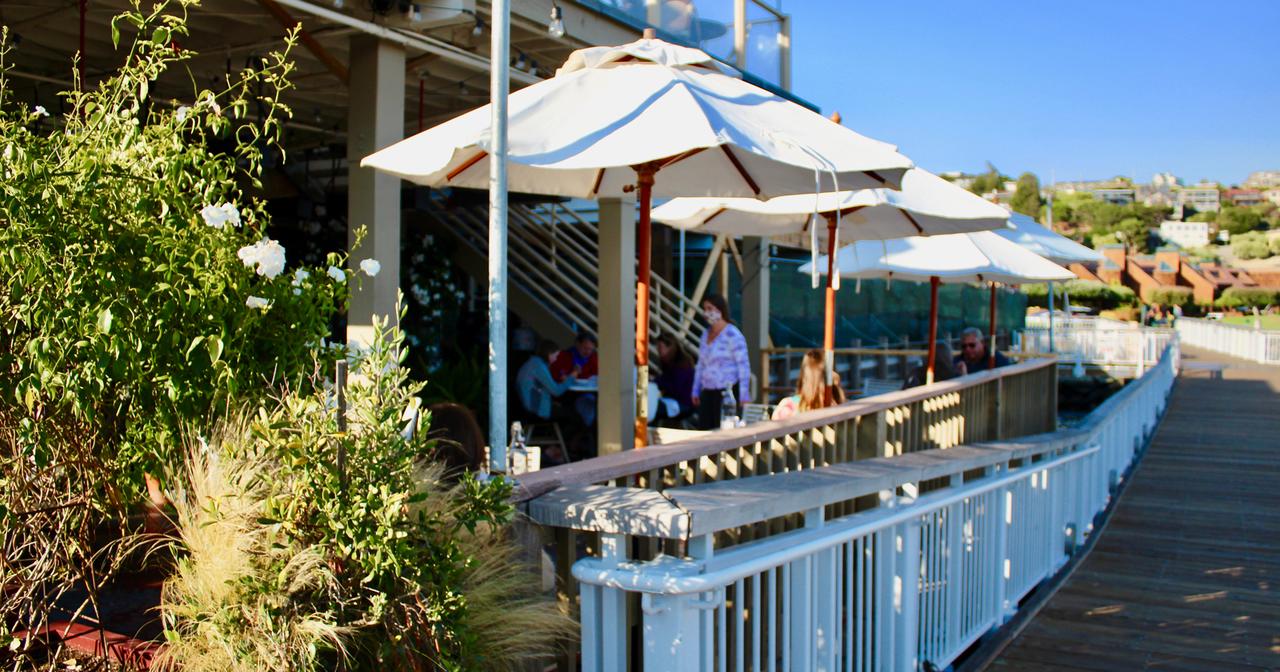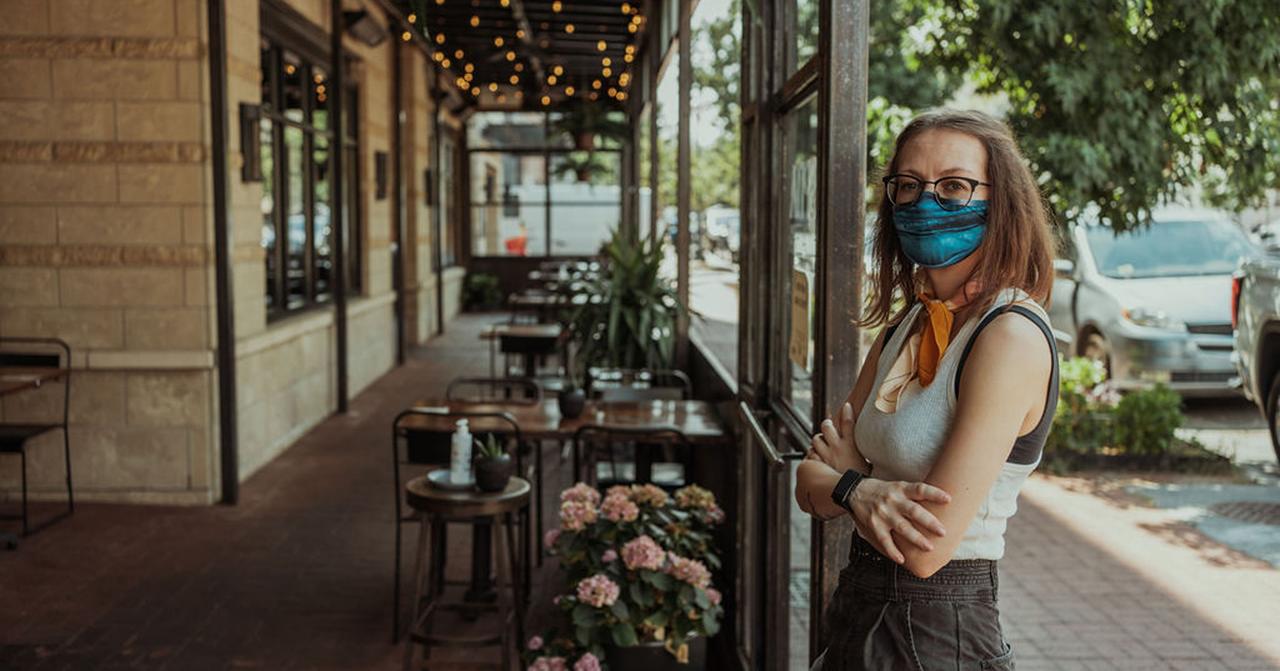What Happens To Outdoor Dining In Fall And Winter?
Tyler Durden
Sat, 08/01/2020 – 17:00
Authored by Heather Lalley of Restaurant Business
Natale Servino, whose family has run Servino Ristorante in Tiburon, Calif., for 42 years, is hoping for a pleasant fall that transitions into a very mild winter.
Servino’s recent intense interest in weather patterns is driven by the newfound vitalness of outdoor dining at his restaurant. He’s currently hard at work, making his operation’s outdoor area even more hospitable to diners, while trying to find ways to use the space even in inclement weather.
“We’re hoping to carry this as far into winter as we can go,” he said. “[Outdoor dining] was on our radar but we never made the full investment because outdoor seating was just a small segment of our dining.”
Now, though, Servino and other operators are counting on outdoor business to bring in almost all, if not all, of a restaurant’s sales during the pandemic. So, they’re coming up with creative ways to keep those outdoor spaces inviting even as the weather in many parts of the country turns less-than-picnic-perfect.
Servino Ristorante, which sits on the waterfront just north of the Golden Gate Bridge, has two patios decked out with built-in heating systems. Since then, though, the restaurant has added other enhancements to keep diners comfortable in cooler weather, Servino said:
- Replacing metal outdoor furniture with tables and chairs made from materials that feel warmer to the touch
- Adding greenery and shrubbery to not only help provide physical distance between tables but to also serve as a shield from wind whipping in off the water
- Offering blankets that are laundered between each use
Even the menu is getting a remodel, to better accommodate outdoor diners, he said.
The restaurant will introduce its fall-focused offerings a bit earlier than normal, in case guests want to warm up with slow-cooked meats and braises or even warm cocktails.
“It might be something we do a little bit earlier as people sit outside,” he said. “We want to make sure the dish shows well and is appropriate for the environment.”
Servino is also working on ways to communicate with guests about whether they’d prefer a leisurely dining experience or would rather get in-and-out—especially as the weather turns.
In Washington, D.C., Southern Mexican restaurant Espirta worked with its designer to add an awning as well as two glass panels to its patio seating. Before the pandemic, the restaurant could use drop-down plastic walls to fully enclose the area, effectively doubling the size of its operation.
The restaurant has seven electric heaters installed about tables as well as four portable gas heaters.
Co-owner Kelly Phillips estimates the restaurant has spent about $30,000 over the last four years working on the patio so it can be usable in more types of weather.
“Every year we would add on another phase,” Phillips said. “We were just lucky to have done that.”
Outdoor dining guidelines vary by state and even city, so operators should check on their local rules before adding any kinds of temporary walls to outside seating.
In the Twin Cities of Minneapolis and St. Paul, known for especially brutal winters, multi-concept operator Brent Frederick of Jester Concepts is instead trying to make his indoor dining room as safe as possible since patios sound like an unsustainable revenue stream as the temperature drops.
Frederick has spent close to $10,000 on ionization systems for his restaurant’s HVAC systems, which he says is designed to clear most viruses from the air. His team is currently working on the best way to communicate the existence of the air-cleaning system to customers (and potential customers), he said.
“It’s not a fix-all situation,” he said. “But we felt like it was worth the investment. Anything that gives the consumer confidence to come into our store.”
via ZeroHedge News https://ift.tt/2XiubH3 Tyler Durden

